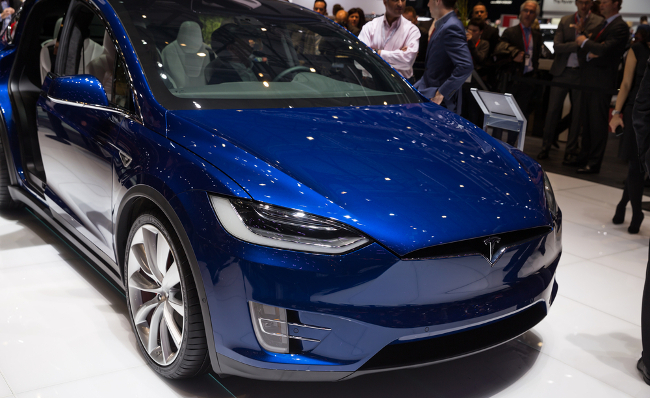
Tesla’s Autopilot feature has caused problems for the company almost from the minute it was introduced. The feature is an advanced form of cruise control, where the vehicle maintains speed and stays in the proper lane, but it can’t account for the behavior of people. There have been at least three crashes with the vehicle’s limited self-driving features enabled, which the company has attributed to human error. They’ve also refused to disable the feature. While human error was definitely a factor in some crashes, the National Highway Safety Board has some very bad news for Tesla.
The NTSB has issued a report on a fatal accident in May, in which a Tesla Model S collided with and slid under a tractor trailer. The NTSB points out that while all the Autopilot features were enabled, the car failed to brake before colliding with the semi. And if that weren’t bad enough, the vehicle was speeding at 74 mph on a highway with a 65 mph speed limit. All of this, by the way, comes from the “black box” the car has built in, so either the data Tesla’s cars collect is inaccurate, or Autopilot needs some work.
This is a problem on a number of levels for Tesla. While the company has maintained that they’re not responsible for people misusing their cars, which is entirely true, they’ve also been defending the Autopilot system. In a recent blog post detailing the company’s next step, Tesla publicly stated that Autopilot was already significantly safer than a human driver, to the point where they stated it’d be “morally reprehensible” not to release the technology.
The NTSB has more work to do before we have a fuller picture of what happened, but considering the misuse Tesla’s own customers tend to put the technology to, Autopilot might soon be back in the shop.
(Via ComputerWorld)






